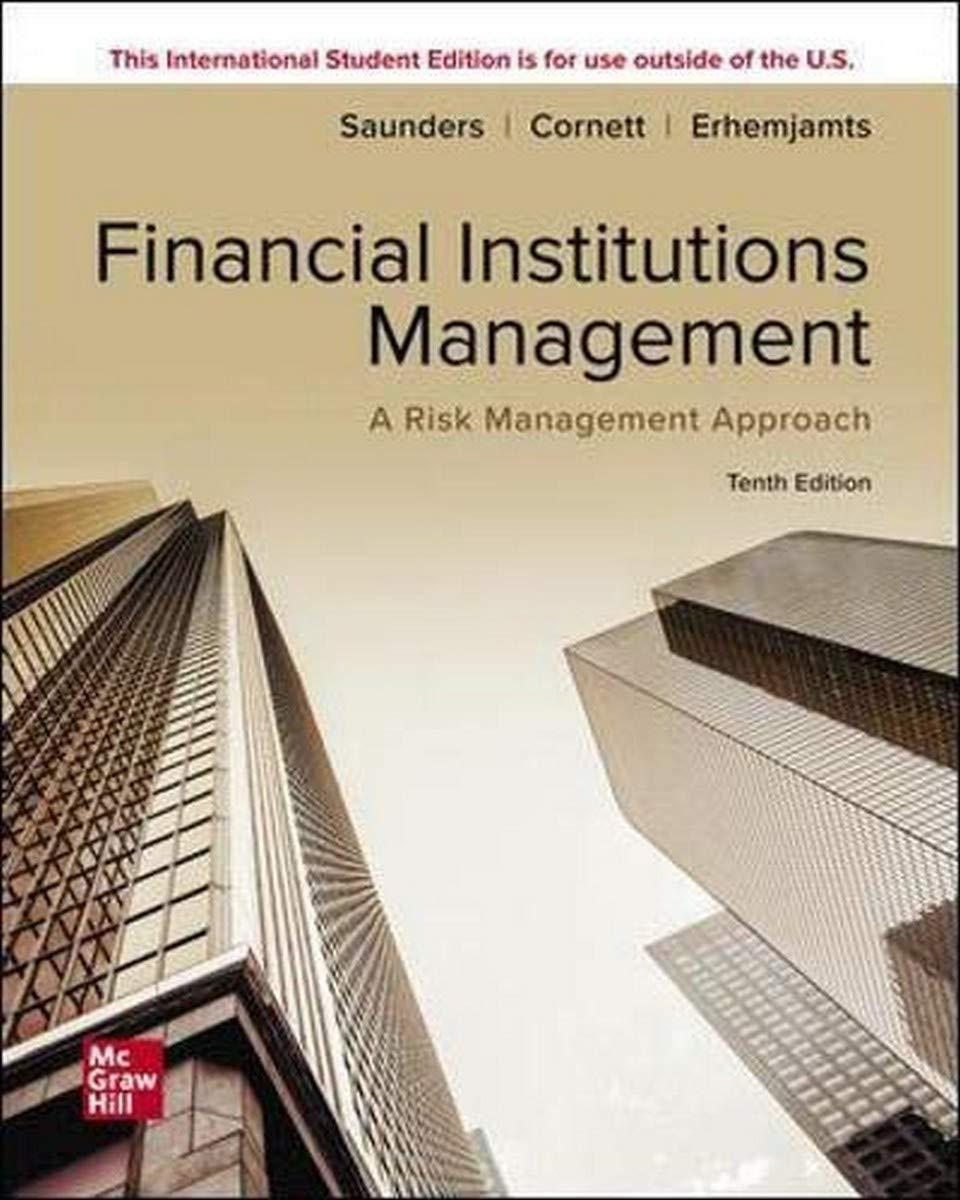Question
Laurel, his wife Violet, and their daughter Elva run a boutique in partnership. The clauses of the partnership agreement provided that profits and losses are
Laurel, his wife Violet, and their daughter Elva run a boutique in partnership. The clauses of the partnership agreement provided that profits and losses are to be shared equally. For the current tax year, the partnership returned net partnership income of $200,000 before taking into consideration the following items: - Laurel and Violet received interest at the rate of 10% on additional capital of $10,000 they each contributed to the business; - Elva is paid salary of $25,000 due to her expertise in fashion; and - The partnership paid $3,000 into a complying superannuation fund for Elva; - Loss of 20,000 brought forward from previous tax year; - The partnership received dividend of $2,800 franked to 80%; and - Elva lent $6,000 to the business and she was paid $200 interest.
Additional information: - Elvas personal records disclose: A digital wrist watch valued at $300 received from a mother who was grateful that Elva saved her boy from been hit by the car Net wages as a freelance viola teacher: $4,000 Parking fees incurred while travelling to music studio to give viola lessons: $50 Donation to a local ambulance centre, on the stipulation that Elva would be given under a reciprocal arrangement among ambulance centres, free ambulance service in any locality in which Elva subsequently resided: $100 Purchased music books for preparing viola lessons: $150 She depreciated music books. Paid tax agent for giving advice on setting up her own fashion business: $400 PAYG withholding: $1,000
Required: (a) Prepare a statement of net partnership income. (b) Prepare a partnership distribution statement. (c) Prepare a statement of tax liability for Elva. (d) Provide explanation ONLY for receipts and expenditures that are EXCLUDED during the preparation of the statement of tax liability in part (c) i.e. totally non-assessable income and totally denied deductions. You are NOT required to explain partially non-assessable income and partially denied deductions due to apportionment rule. Support your answer with reference to relevant Australia income tax legislation, case law and rulings.
Step by Step Solution
There are 3 Steps involved in it
Step: 1

Get Instant Access to Expert-Tailored Solutions
See step-by-step solutions with expert insights and AI powered tools for academic success
Step: 2

Step: 3

Ace Your Homework with AI
Get the answers you need in no time with our AI-driven, step-by-step assistance
Get Started


